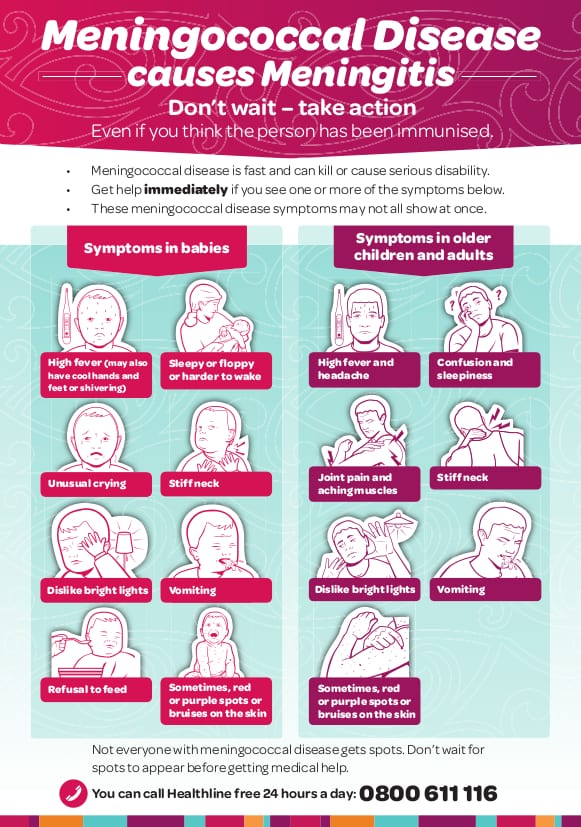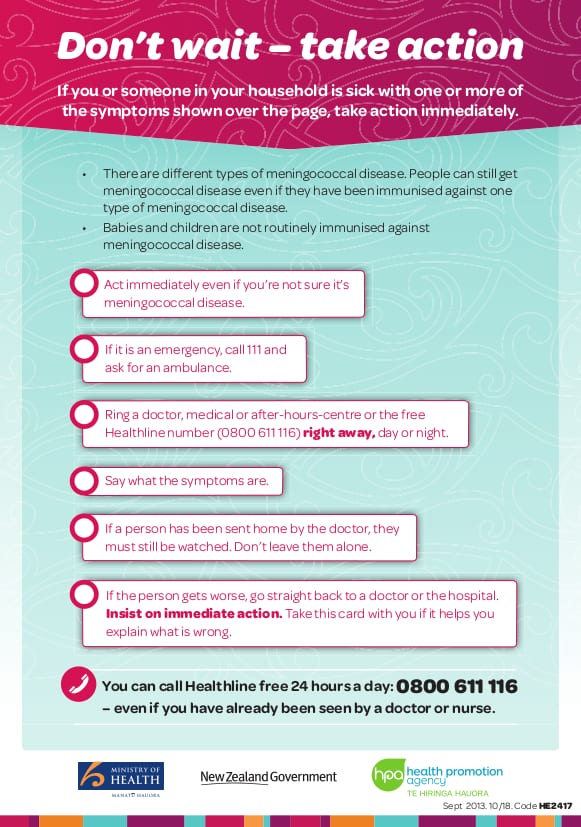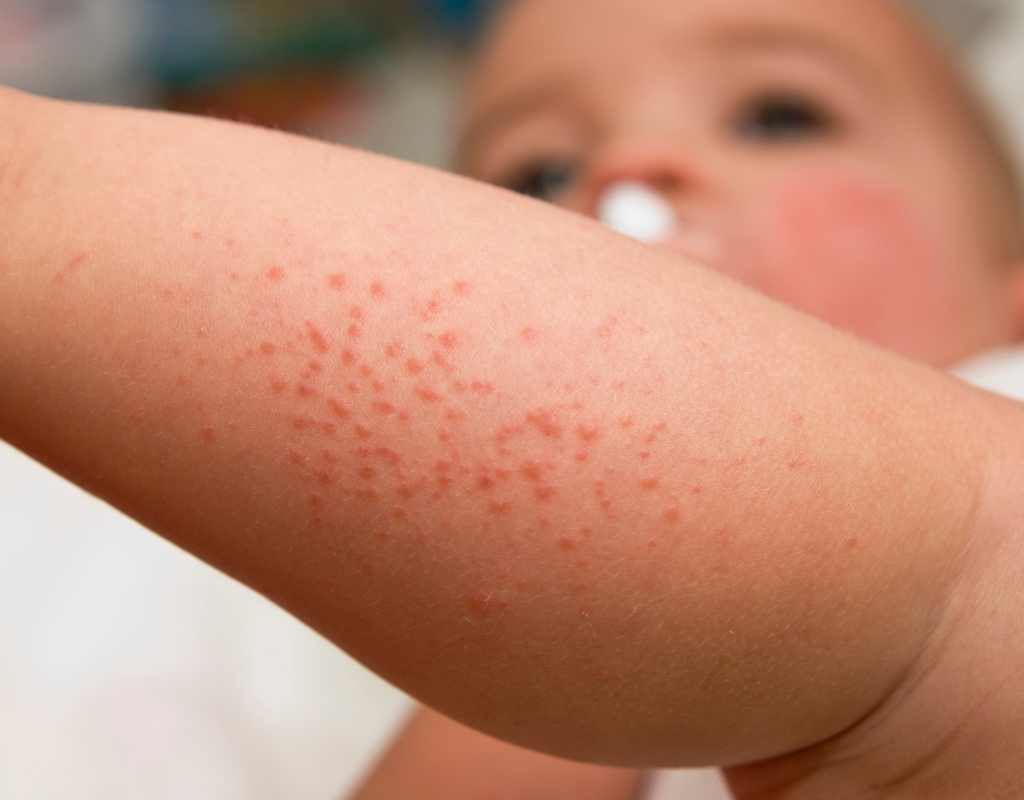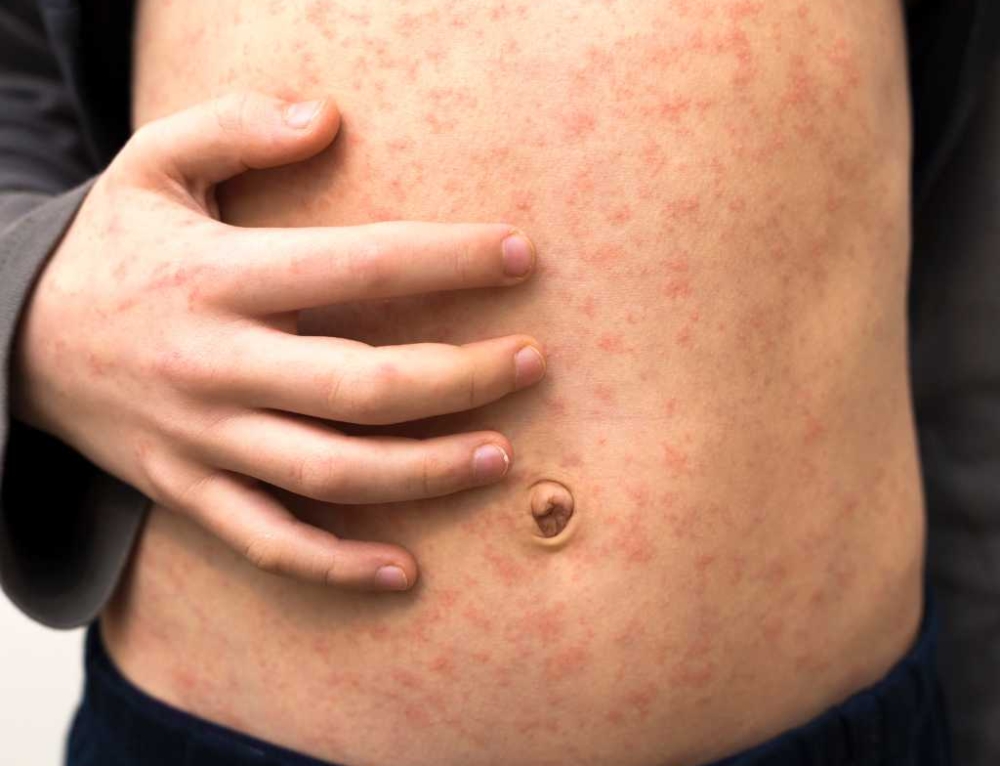From nappy rash and newborn “acne” to allergies and scary-sounding viruses like “slap-face”, there are a whole lot of reasons why children’s beautiful skin can become red, blotchy, angry-looking or scaly.
It’s natural for many parents to worry about sudden rashes or skin complaints – we’ve all read the stories about meningococcal meningitis – but in most cases a rash is nothing too much to panic about.
Here’s a guide to common childhood rashes and when it might be wise to seek some medical advice.
What’s that rash?
Eczema
Also called atopic dermatitis, is an extremely common inflammatory and non-infectious skin condition.
- What it looks like: When this rash is mild it looks like flat, dry, white patches. During flare-ups, it appears as red, irritated, raised patches.
- Contagious: No
- Treatment: The most popular form of treatment is applying topical corticosteroids that help reduce inflammation and itchiness. Most topical corticosteroids are available on prescription. However, some milder strengths are available from your pharmacy. Keeping skin from drying out may prevent further outbreaks.
Heat rash
Also called prickly heat, this rash is harmless but very itchy and can affect large areas of the body. It’s caused by a blockage and inflammation of sweat ducts during times of exposure to heat and high humidity and is very common in children.
- What it looks like: It usually appears as tiny red pimples, bumps, or spots on the torso.
- Contagious? No
- Treatment: Cool your child off, and if they’re uncomfortable or itchy, apply calamine lotion or a similar prickly heat ointment.
Impetigo
Also called “school sores”, this is a bacterial infection in the skin that can occur just about anywhere but is most common around the mouth and nose.
- What it looks like: Red, raised bumps or patches that become blisters that burst and produce a honey-coloured crust on the surface.
- Contagious: Highly
- Treatment: Impetigo can be treated with prescription antibiotic ointments or creams, which need to be reapplied until the sores have completely healed.
Common viral rashes
Any virus can give kids a rash but the familiar ones include chickenpox, measles, rubella, fifth disease (also known as slap cheek), scarlet fever and roseola.
- What they look like: These viral rashes can have many different appearances, such as pimply or blister-like, raised or flat, bumps, spots, or blotches, and they often (but not always) start on the trunk, and then spread to the extremities.
- Contagious? Most of these viruses are highly contagious and your child should be quarantined if you suspect one of these.
- Treatment: Most of these don’t require medications but they can all have complications. In the case of chickenpox, you will want to apply some calamine or put your child in a Pinetarsol bath because the blisters are extremely itchy. Many viruses are often accompanied by fevers which can be treated with paracetamol.
Nappy rash
It’s the scourge of the nappy wearer (and their parents) and its treatment is the topic of many mum discussions. It’s often caused by soiled nappies rubbing against their sensitive skin.
- What it looks like: Red and inflamed skin around the bottom and genitals. Sometimes it can even look ulcerated.
- Contagious? No
- Treatment: There are shelves of barrier creams at the chemist and supermarket. See which one works for you.
- Find out more here.
Allergic contact dermatitis
This is a rash caused by a skin reaction to an allergen. It usually develops two or more days after contact with the allergen. It lasts as long as contact continues and for a short time afterwards (typically 1 to 2 weeks). Common causes include nickel, chemicals, plants, cosmetics, perfumes and ointments.
- What it looks like: It’s an itchy and weeping rash localised to the area in contact with the allergic trigger.
- Contagious? No
- Treatment: Find out what’s causing the reaction and keep away from it. The most common treatment for allergic contact dermatitis is a cortisone ointment preparation.
Food/medicine reaction
A rash can break out due to an allergic reaction to foods and medicines.
- What it looks like: These can be more like hives, particularly with food allergies which tend to show up very soon after eating. A rash from a drug allergy may take longer to show up and can either be a severe or mild rash. Any reactions should be reported to your doctor.
- Contagious: No
- Treatment: Any allergic reactions, either from food or medicines, should be reported to your doctor as they may become more severe on repeated exposure to allergens.
The serious rash
Very rarely a rash can be a sign of something more serious such as meningitis, a potentially fatal disease in which the membranes and fluid that surround the brain and the spinal cord become infected.
According to the Meningitis Centre this rash is not always the easiest to spot but it provides the following description:
- In some cases the rash may start as a pink rash, a pink, purple or red spot. It can also appear as pink, red, purple or brownish coloured pin prick spots which may develop into a bruise-like rash. The rash can start anywhere on the body and is due to blood poisoning (septicaemia), which sometimes occurs together with meningitis. The rash does not usually fade when pressed (however, this is not always a dependable test).
- Meningococcal disease can progress into a very serious medical emergency extremely quickly. Symptoms are often similar to flu, ie high fever and muscle aches. The well-known meningitis rash is not always present. Refer to the symptom checker below for more information. If in doubt, take action and seek medical advice urgently.
- For a printable version of the symptom checker below, click here.


Medical Disclaimer: As per our terms and conditions, we make every effort to ensure the information we provide is accurate and updated, but the information contained in this website is not intended and must not be taken to be the provision or practice of medical advice or services nor a substitute for medical advice, diagnosis or treatment. If you have questions, concerns about your health or treatment or would like more information, contact your doctor. Always see your doctor or another qualified health professional before starting or changing any treatment.







Leave A Comment
You must be logged in to post a comment.